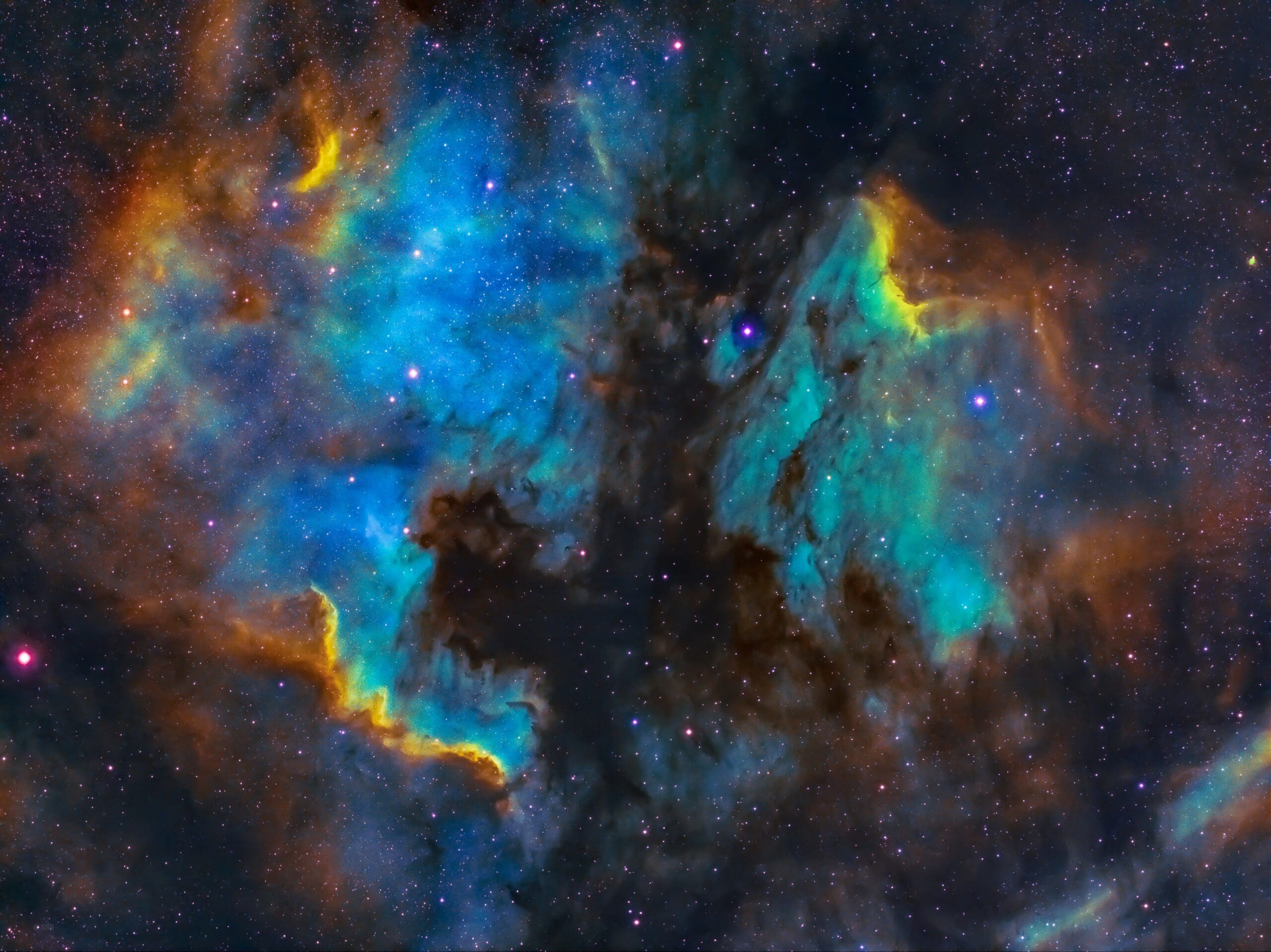The Science of Resonance
Resonance is a scientific principle of how matter and energy behave. It’s based on an underlying law of the universe: all matter vibrates at different frequencies, emitting energy fields capable of influencing what’s around them. Resonance is the proven phenomenon that energies of similar frequency are attracted to each other and synchronise through the principle of “like attracts like”, in turn reinforcing or amplifying each other.
An example of resonance in action is the playground swing. A swing has its own natural oscillation, but when someone pushes it, applying the same frequency and rhythm, the swing increases in height. OK — but what does all this science have to do with life?
Beyond sound, resonance can also describe a feeling, thought, memory, or emotional connection that a piece of writing, music, or any form of expression evokes in an individual. For instance, a poem might have personal resonances for someone, stirring memories or emotions
The Flip Side of Resonance
In the High Vibes Living podcast, Jennifer Hoffman explains that resonance is neither good nor bad. It “simply refers to an energetic alignment and synergy and nothing else,” she says. But not everything we resonate with is desirable. We can also resonate with victimhood, fear, abuse, self-hatred and failure, for instance. Becoming aware of unhelpful synergies can be difficult, because resonance occurs on so many complex, intertwined levels, Hoffman says.
We can only connect with what we resonate with; we can’t connect to what we don’t resonate with, she says. When the latter occurs we’re experiencing dissonance. Emotionally and psychologically, dissonance is that lack of harmony and synergy that results in clash or disconnection.

Tapping into Resonance
The key to resonance is connecting to what’s helpful to you. According to neuroscience educator and author Sarah Peyton, cultivating a gentle, ongoing practice of being in relationship with our body brings us closer toward our core self and thus a better understanding of what resonates positively with us. Our self-inquiry should follow the path of the vagus nerve, she advises. “It travels up from the pelvis, the stomach, all of the viscera, the heart, the lungs, up through the throat and the vocal cords and larynx, to meet the tenth cranial nerve that goes into the muscles of the face. This nerve provides us with the integrated map of the body with the emotional world that our body is living in.”

In the 2019 book Resonance: A Sociology of Our Relationship to the World, Hartmut Rosa proposes that resonance is the solution to the world’s problems, including our mental health ones.
Life is good, he writes, “when we have an almost libidinal connection to the people, places, tasks, ideas, objects and implements we encounter and interact with. When we love these things there emerges something like a vibrating wire between us and the world.”
The problem, as he sees it, is that our popular concept of wellbeing centres on acquisition of resources — career, income, health, social recognition, knowledge, abilities, physical attractiveness. “When do we live?” he asks.
Rosa believes true happiness is being in relationship to the world and, specifically, to what we love. Following our intrinsic interests — things we do because we enjoy them — can help us experience more joyful resonance with life.
Manifest your Dreams
By using resonance with discernment, wisdom and purpose, we can create a more intentional and joyful life and enjoy better success at reaching our goals, whether spiritual, relational, practical or material.
Zoe Macfarlane, a Queensland-based intuitive coach and writer, says living mindfully with resonance is key to changing our life, getting out of a rut and avoiding unconscious rushing around in response to triggers and schedules.
Resonating for self-compassion
Compassion can also be self-directed. This is achieved by resonating with our own needs and feelings. But in order to turn towards ourselves with resonance, we have to actually like ourselves, Peyton says. In a world where our shortcomings commonly trigger judgement and blame from others, many of us don’t like ourselves. What’s the answer?

Restoring our Core Identity
Time travelling into the past can also help you resonate with your core self. Peyton says science suggests that who we are is formed from layers of experiences we’ve co-created with everybody we’ve ever interacted with. She also believes we’re all born with a core identity, something she describes as “almost cellular or in our DNA. It’s about our deepest values and what we’ve come to do here.”
Resonating our purpose with the universe
Resonating with our core self is key to understanding our purpose, and studies show purpose is important to happiness. Particularly, dynamic resonance occurs when who we are synergises with the universe and the needs of the world.
In the riveting biography The Small Woman by Alan Burgess, London parlourmaid Gladys Aylward asks God for missionary work; doors miraculously open everywhere to her heroic journey, which includes an epic voyage across mountains to take 100 orphaned Chinese children to safety during the Sino-Japanese War.
What do we mean by the universe
The discoveries of groundbreaking physicist, researcher and founder of the Resonance Science Foundation, Nassim Haramein, provide scientific clarity. What we call “empty space” isn’t empty but filled with energy. Everything — from the vastness of outer space to the tiniest particle and everything in between — is intimately connected and constantly in communication.
In his documentary Crossing the Event Horizon, Haramein says:
“Instead of seeing yourself as an insignificant little dot that means nothing to the universe, you start to see yourself as the centre of creation. Everyone else is the centre of their universe as well. In that, we’re all equal, and we’re all one.”



